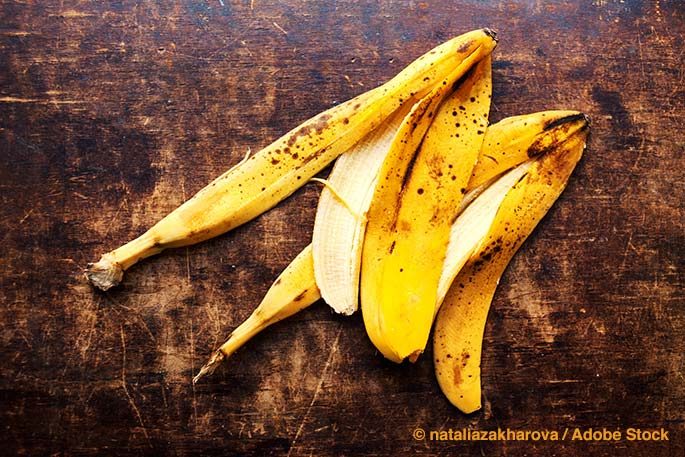
The Dole Company is one of the biggest growers of bananas and pineapples on the planet. However, it is also one of the biggest generators of food waste. Banana peels and pineapple skins don’t get eaten and thus get thrown away. Dole also has the problem of dealing with fruit that, for cosmetic reasons, cannot readily be sold to supermarkets and other food vendors. According to Fast Company, Dole is working to solve the problem of food waste to make the company more environmentally benign and more profitable at the same time.
Dole’s first project is to repurpose banana and pineapple skins to make them into compostable packaging. Thus, people who buy Dole products with such packaging can use it as compost for home gardens. The packaging can also be used by communities that collect food scraps to divert them from landfills and compost a more mass scale for use on farms and public parks.
The initiative will also reduce the use of plastic for packaging, thus addressing the proliferation of plastic in landfills and the world’s waterways and oceans.
Dole is also attempting to use fruit that, for cosmetic reasons, cannot be sold to customers and making products out of it, such as juice, snacks, drink powders, and even cosmetics. Thus, the product that hitherto has been thrown away can instead be sold to various customers and thus contribute to Dole’s bottom line.
The fruit and skins do not go to landfills, where they emit methane, a more potent greenhouse gas than carbon dioxide. Thus, Dole is attacking several environmental problems and, at the same time, enhancing its profitability, not to the company’s brand as being an environmentally friendly firm.
If these initiatives succeed, they will soon become industry standard, helping the planet while making more money for those firms that use these methods.




































































































































 Three Ways to Engage Teams and Clients to Maximize Your Recycling Program Engagement
Three Ways to Engage Teams and Clients to Maximize Your Recycling Program Engagement  How to Integrate Accessibility Into Your Sustainability Planning
How to Integrate Accessibility Into Your Sustainability Planning  Why Park Benches Can Promote Workplace Well-Being
Why Park Benches Can Promote Workplace Well-Being 
